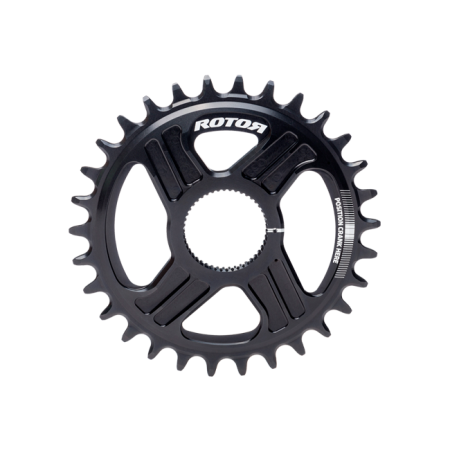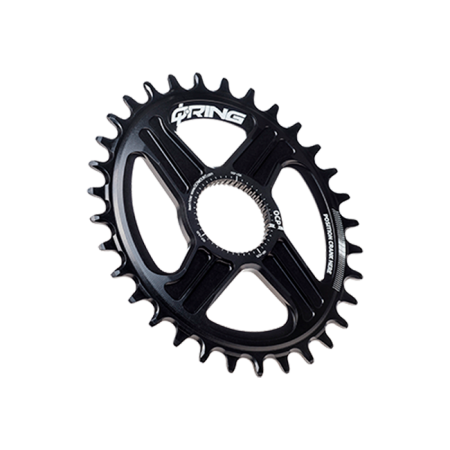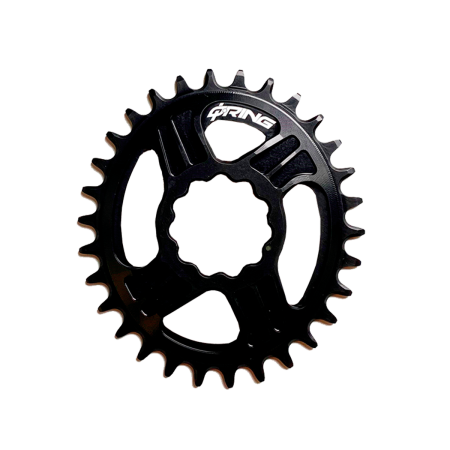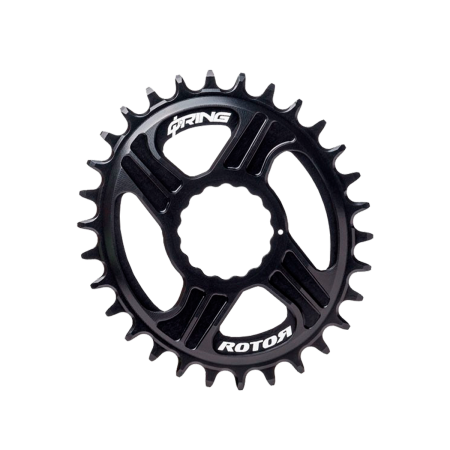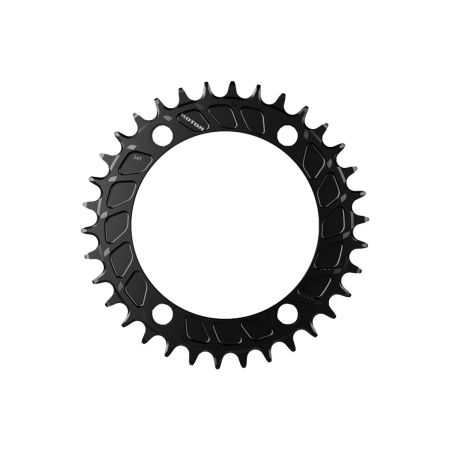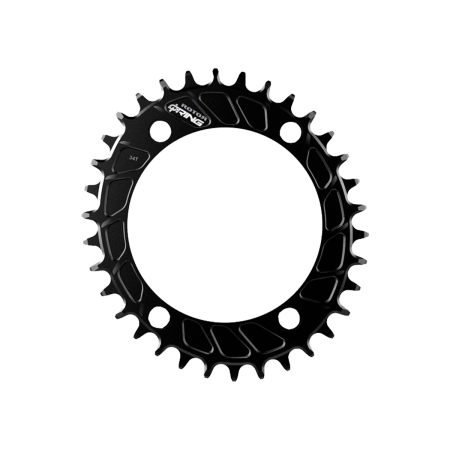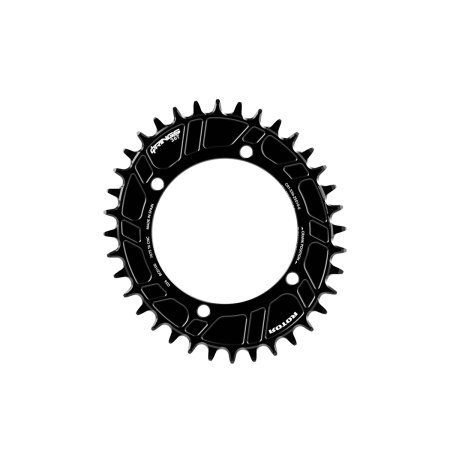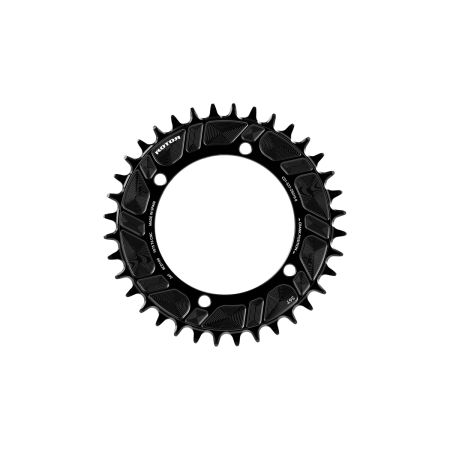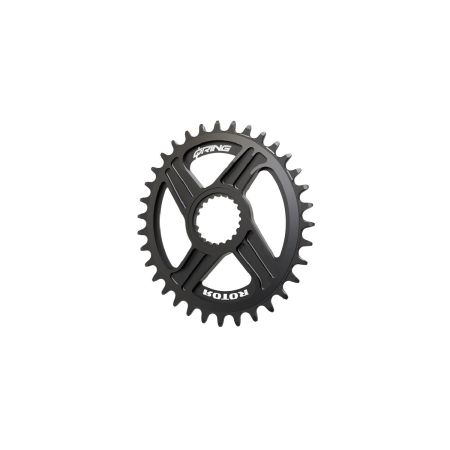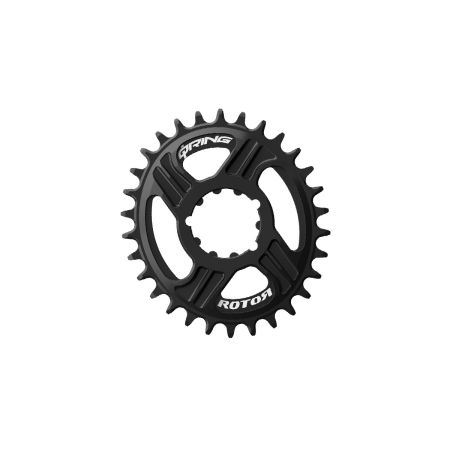MTB Chainrings
How to choose a chain for a mtb bike?
The chainring of a bicycle is the fundamental accessory component that converts the cyclist's physical force into progressive dynamic motion in the desired direction. It is a very simple propulsion system that consists of a series of interconnected links with pins, arranged in an endless loop of metal.
The chainring is one of the most essential parts of bicycles and experiences the most wear and tear, along with tire treads, suspensions, the chain, and brakes. For this reason, it is crucial to match the quality and technical characteristics of the chainring to the type of cycling activity and the terrain and gradients of the road or trails.
Qualities and characteristics of a chainring
We find different types of chainrings such as hardened steel chainrings with elastic qualities and corrosion protection, stainless steel chainrings, and carbon-treated chainrings for high-performance professional bike ranges.
Chainring size: The size of the chainring determines the gear ratio and the effort required for pedaling. Different chainring sizes are available to suit different riding preferences and terrains.
Material and construction: Chainrings are made from various materials such as aluminum, steel, or carbon fiber. Each material offers different levels of strength, durability, and weight. The construction of the chainring, such as the number of teeth and the shape of the teeth, also affects shifting performance and overall efficiency.
Compatibility with drivetrain components: It is essential to ensure that the chainring is compatible with the crankset and the chain. This includes considering the number of chainring bolts, the bolt circle diameter (BCD), and the chainring's mounting interface (e.g., direct mount or spider).
Durability and longevity: High-quality chainrings are designed to withstand the demands of cycling, providing durability and long-term performance. Factors such as surface treatments or coatings can enhance resistance to wear and corrosion.
Performance and shifting quality: Well-designed chainrings offer smooth and precise shifting, allowing for efficient power transfer and accurate gear changes. Optimal tooth profiles and ramps facilitate smooth chain engagement and smooth transitions between gears.
Ultimately, selecting the most suitable chainring depends on your riding style, preferences, and specific bike setup

